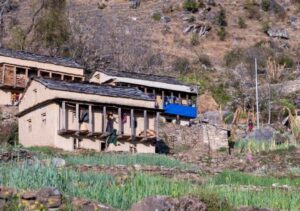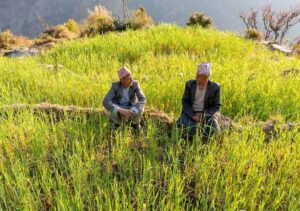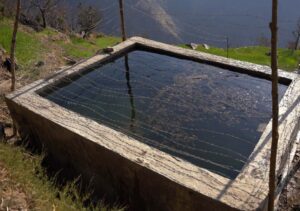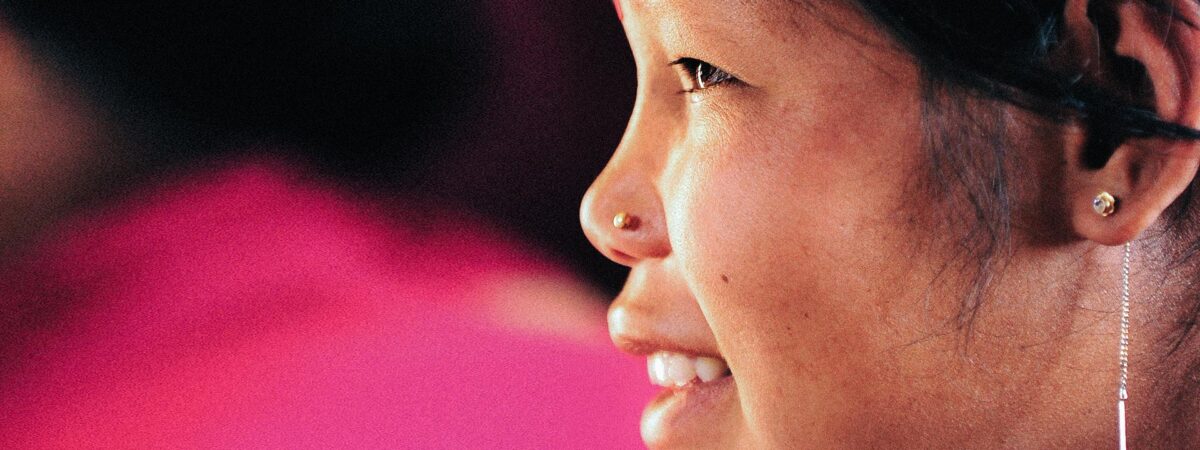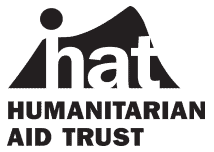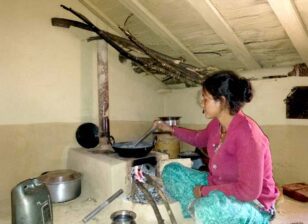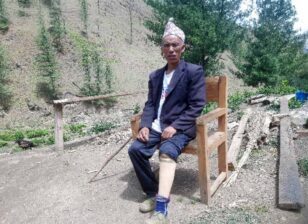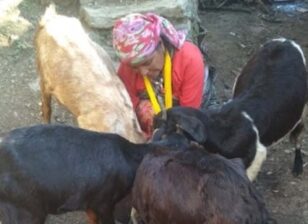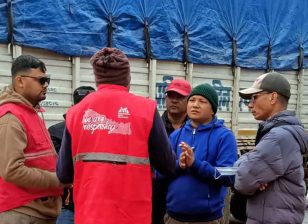Water – Changing Lives In Lakhudanda
Everyone who loves Nepal knows it: it is a beautiful, precious, sometimes perilous land of extremes. Its mountain slopes are especially so. They’re awe-inspiring and majestic, but impossibly steep, rugged and harsh to live on.
This inspiring true story starts there, hundreds of kilometres from Kathmandu, with a common, overwhelming problem. It ends with a solution that holds out hope for some of Nepal’s poorest communities — those that cling to the soaring sides of its lonely, arid mountains.
The problem was accessing water. It was available but from the river down hills so steep they were more like cliffs. Often girls were required to carry water, leaving less time for school. Elderly or infirm villagers were vulnerable. And without water, the village was trapped in poverty, unable to irrigate land or sustain its people.
When INF visited Lakhudanda, though, they met Gajendra. Gajendra saw that if the rainfall over the village could be captured in a particular type of concrete tank, it could sustain them far into the future. The steep terrain had previously made that impossible, but Gajendra had an ambitious plan and he shared it with us. After careful assessment, INF Nepal agreed to try.
Neighbours were sceptical. The work was brutally hard. Sand for the water tank had to be dug from the river on the plains below, then painstakingly carried up narrow tracks on the mountainside by donkey.
Immense challenges plagued the work at every turn. In the words of the INF Nepal team, as though the intimidating slope was not enough, “colossal rocks loom all around”, making every aspect of the task harder. In the end, Gajendra says it took the fierce determination and combined grit of the villagers, the local ward office and INF Nepal to see it through.
“We overcame every obstacle to construct this tank, a standing testament to our collective perseverance.”
